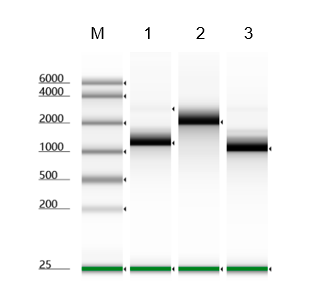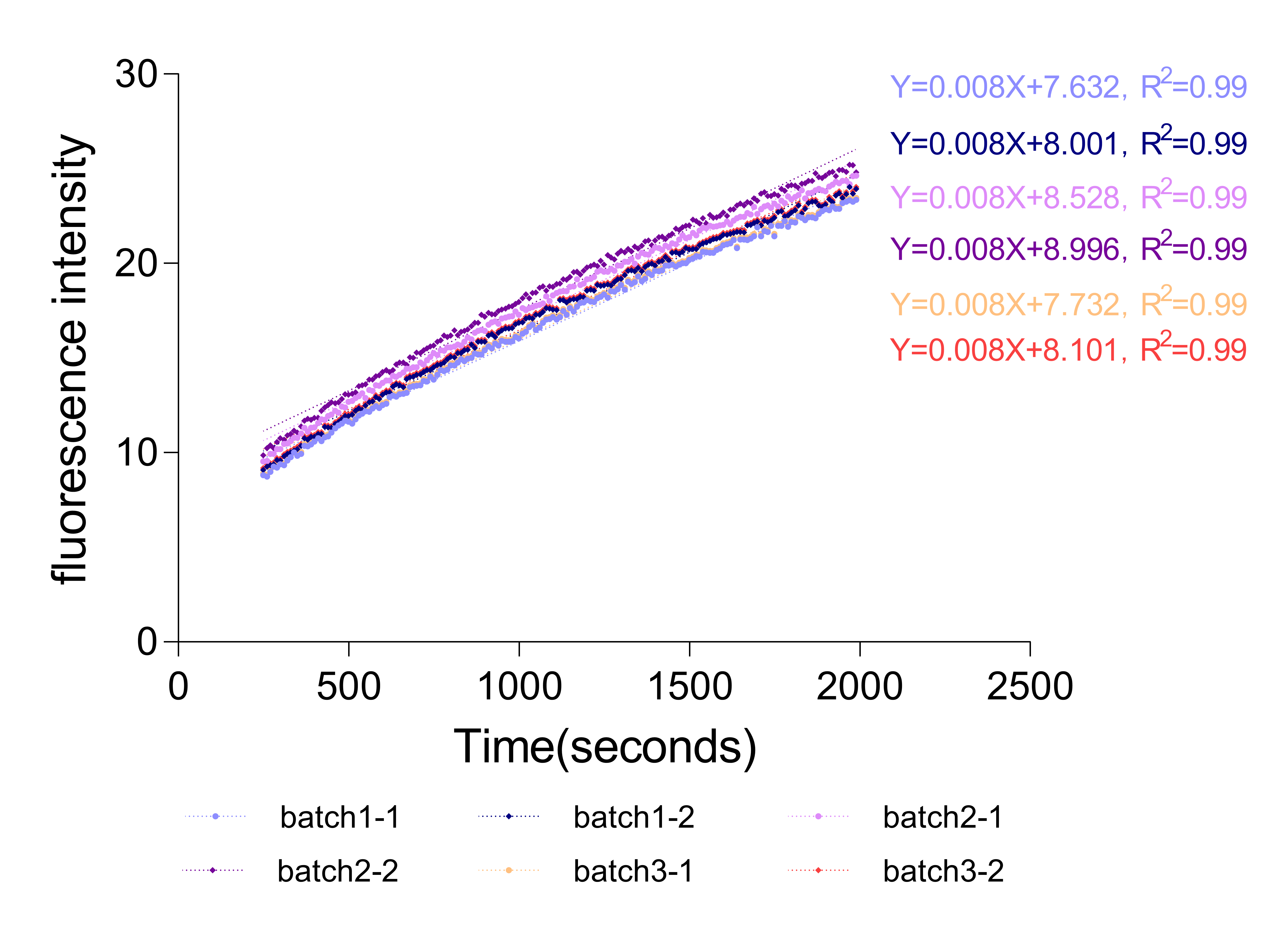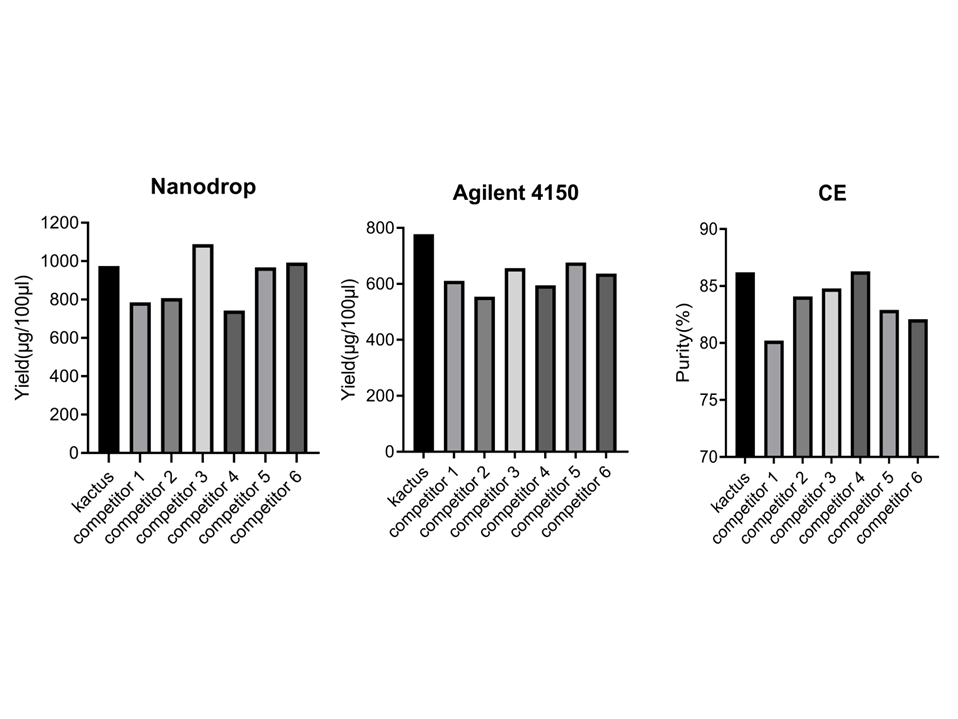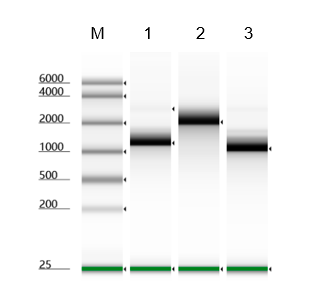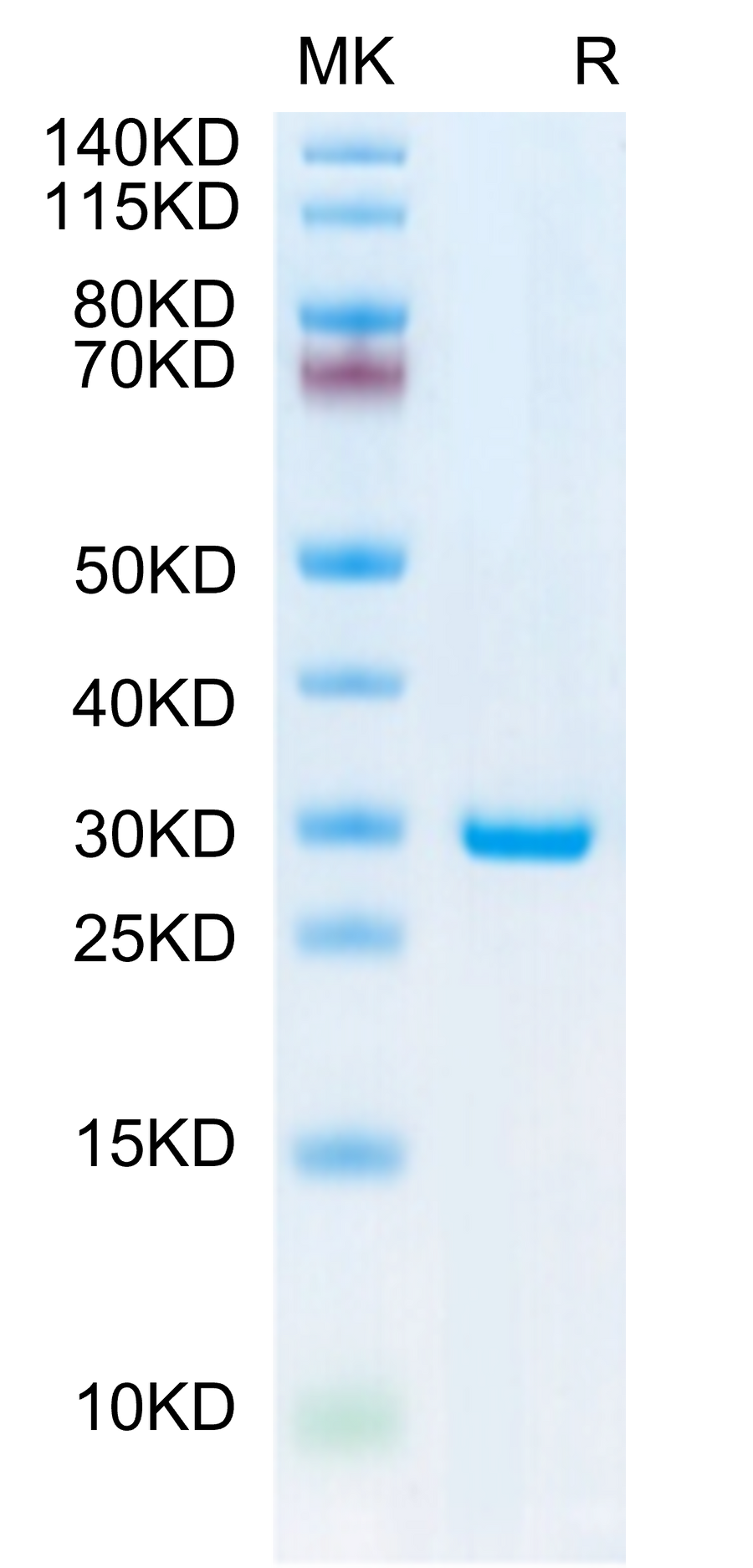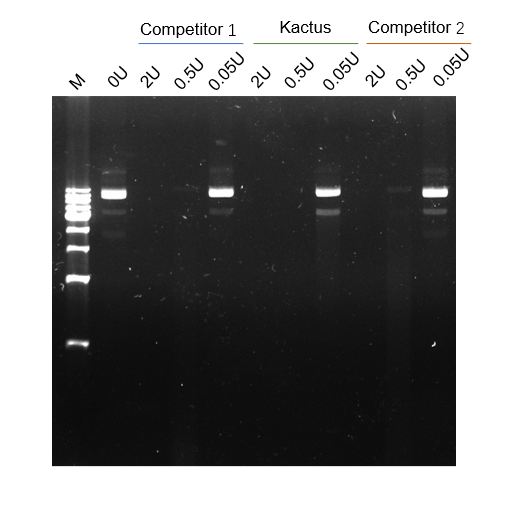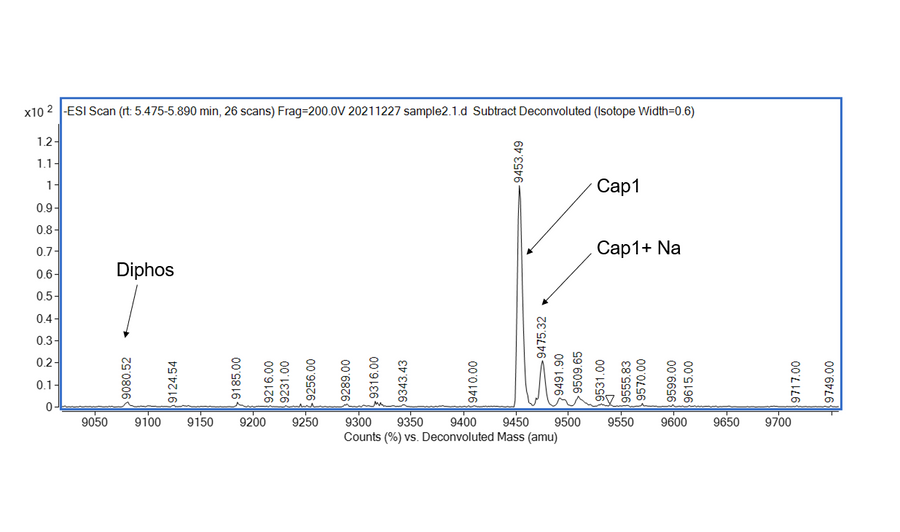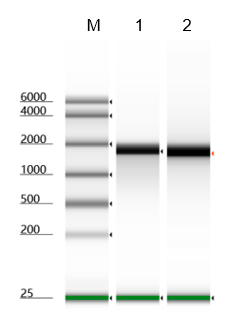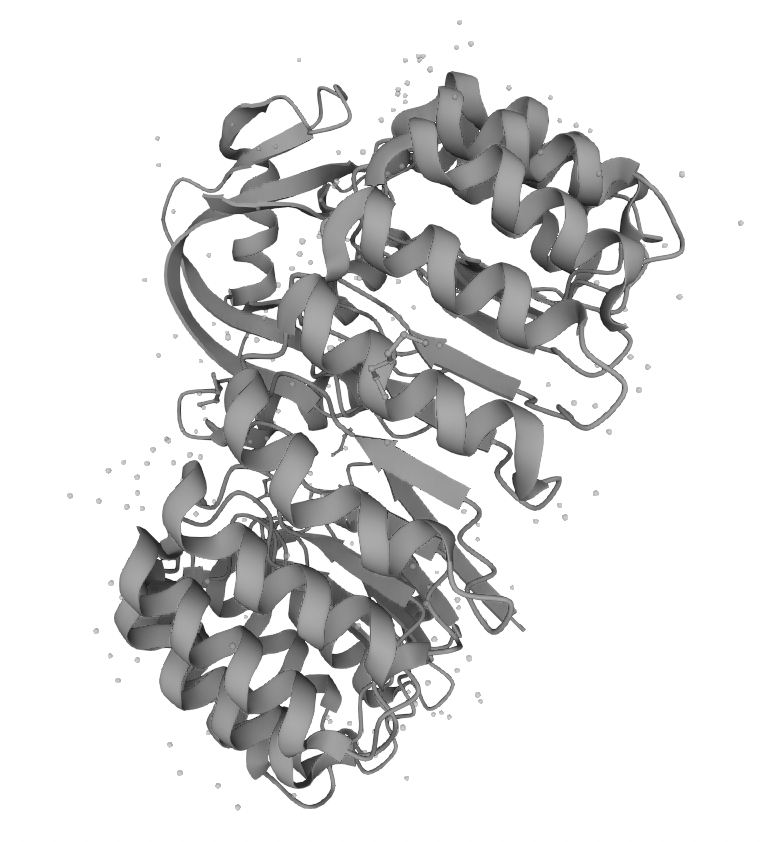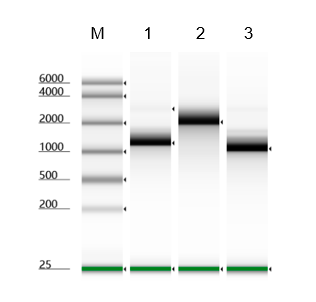
- Description: Efficiently incorporates standard or modified nucleoside triphosphates (NTPs) into RNA transcripts for mRNA synthesis
- Applications: mRNA Synthesis
In vitro transcription (IVT)
RNA analysis
Radiolabeled RNA probe preparation
Hybridization
RNase protection assay - Quality: FDA Drug Master Files #037660
Manufactured according to GMP guidelines
Antibiotic-free and animal-free production




